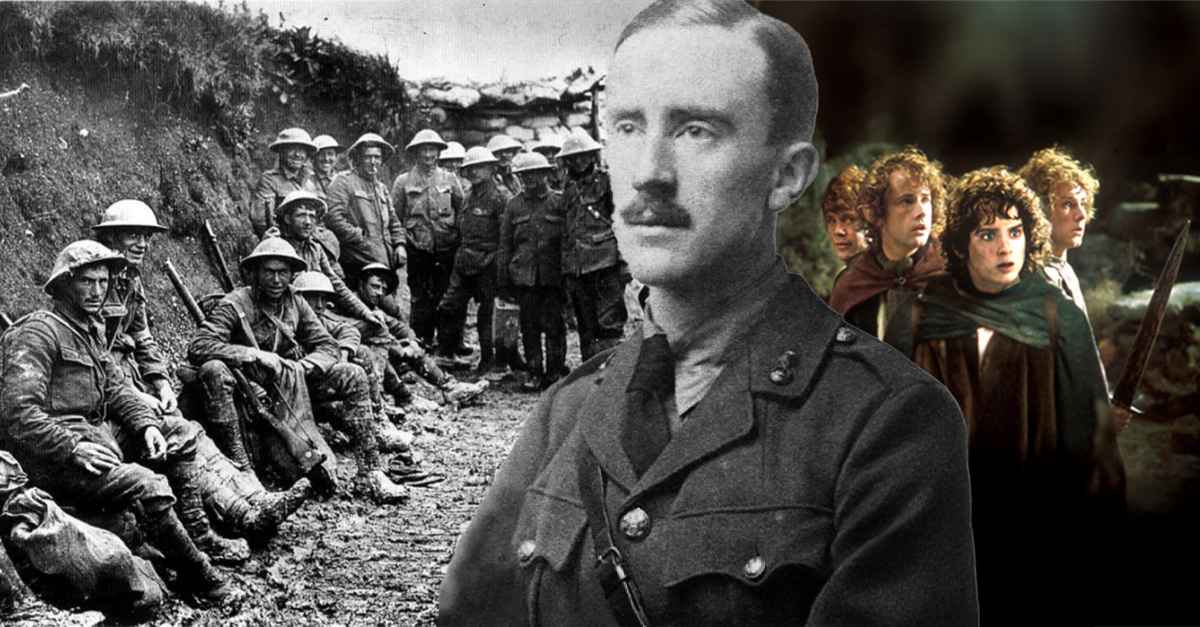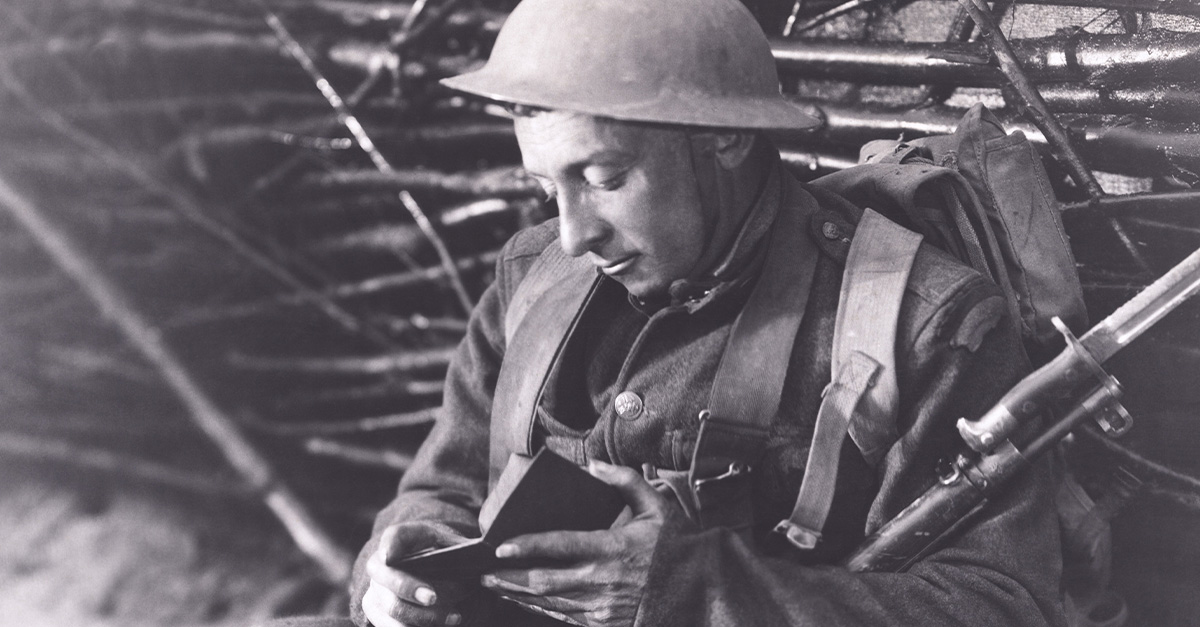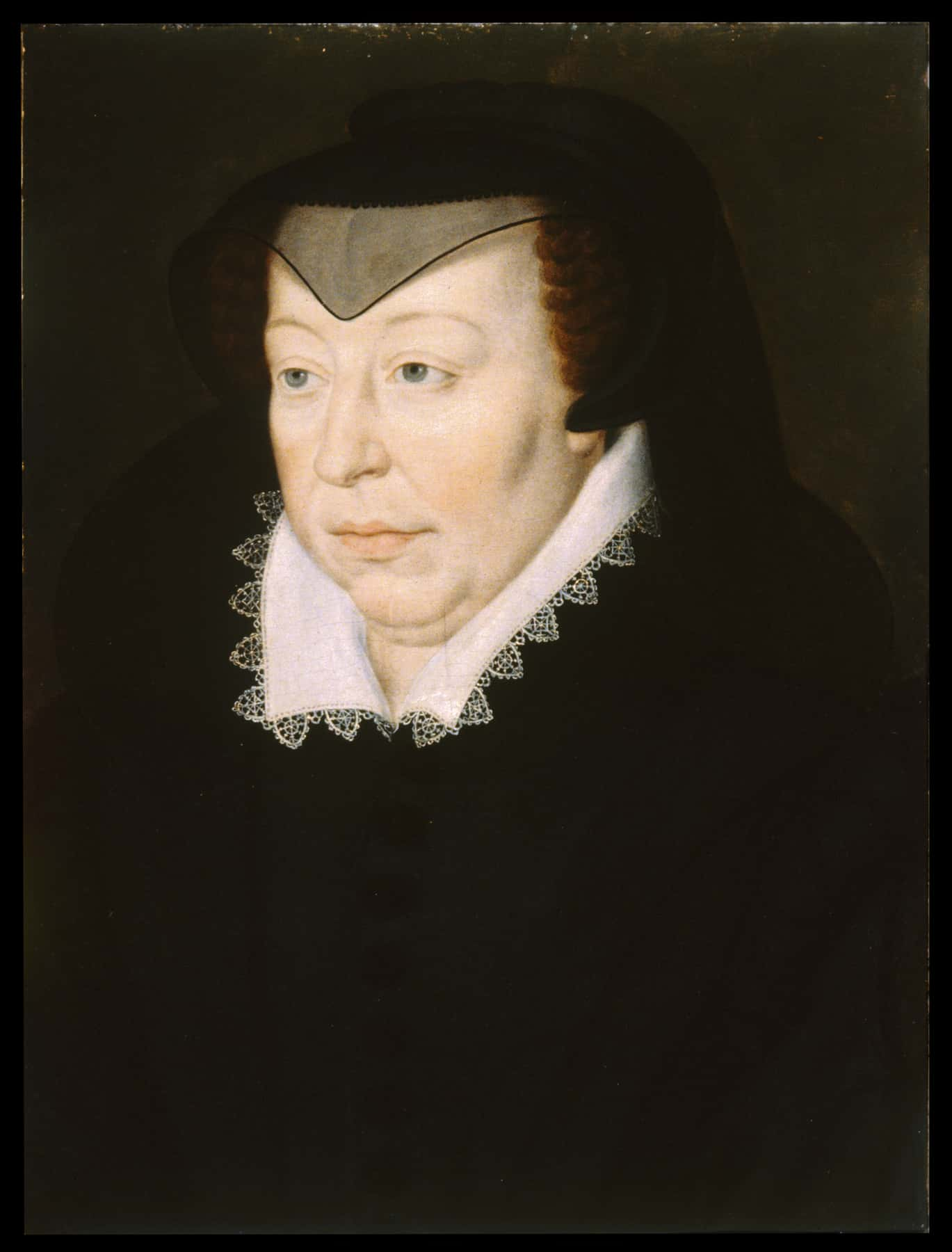JRR Tolkien was the author of “The Lord of the Rings” and “The Hobbit", two of the most beloved fantasy books of all time. But long before he became a fantasy icon, Tolkien was a young British officer fighting in the mud and chaos of WW I. His experiences on the Western Front would deeply influence his writing and the world of Middle Earth.
From Oxford To The Front Lines
When WWI broke out in 1914, Tolkien was still a student at Oxford University, pursuing a degree in English language and literature. He delayed enlisting for as long as possible, finishing his studies before joining the Lancashire Fusiliers as a second lieutenant in 1915. In June 1916, Tolkien found himself bound for the Somme, one of the bloodiest battlefields in human history.
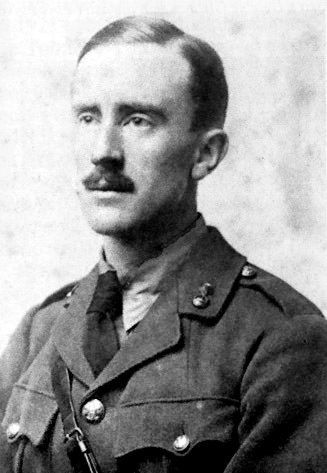 Presumably, the British Military., Wikimedia Commons
Presumably, the British Military., Wikimedia Commons
The Hell Of The Somme
Tolkien arrived at the front just in time for the Battle of the Somme, which began in July 1916. The battle became a symbol of the senselessness of trench warfare, with over a million casualties on both sides. Tolkien’s unit, the 11th Battalion, saw intense combat, often fighting in trenches that were knee-deep in mud and filled with the stench of death.
Close Calls And Personal Loss
While at the front, Tolkien had numerous close calls. The constant artillery barrages, gas attacks, and machine-gun fire claimed many of his friends and fellow soldiers. Among those lost were Rob Gilson and Geoffrey Smith, two of his closest friends from the Tea Club and Barrovian Society (TCBS), a group of young writers and thinkers he had known since his school days.
A World Torn Apart
The brutality left a lasting impression on Tolkien. He described his experience as a “concentrated vision of all human horror” and admitted that it deeply influenced his depiction of the Dead Marshes, the Black Gate of Mordor, and the desolate landscapes of Middle-earth. The horror he witnessed shaped his view of evil as a corrupting, machine-like force.
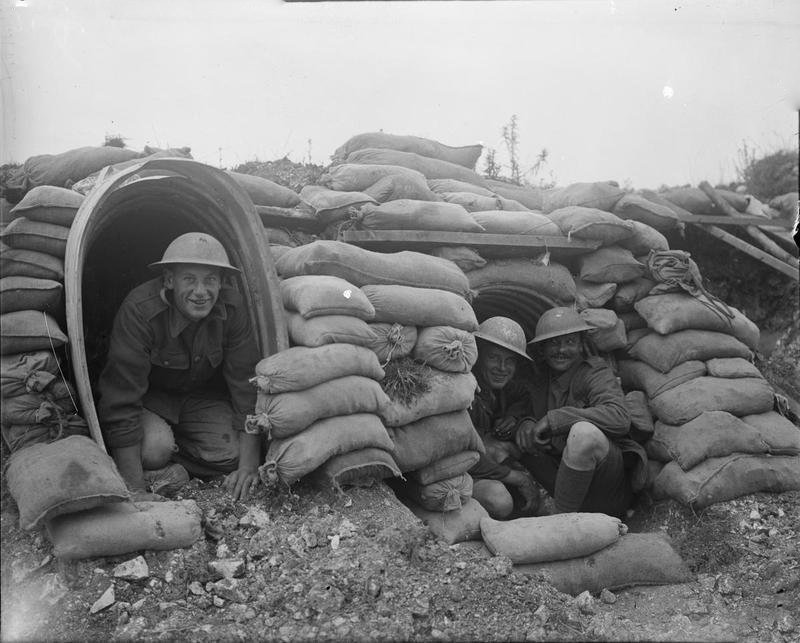 John Warwick Brooke, Wikimedia Commons
John Warwick Brooke, Wikimedia Commons
The Power Of Fellowship
Tolkien’s close friendships with his fellow TCBS members also inspired one of the central themes of his work: the power of fellowship and the bonds forged in adversity. The tragic loss of his friends lent a sense of melancholy and sacrifice to his later writing, as seen in the selfless heroism of Frodo, Sam, and the Fellowship of the Ring.
Tolkien’s Trench Fever
In October 1916, Tolkien contracted trench fever, a disease spread by lice that affected soldiers living in the filthy conditions of the trenches. He was evacuated to a hospital in England, effectively ending his front-line service. Though the illness nearly claimed his life, it also saved him from the further horrors of the Somme, allowing him to survive the war.
Writing As A Means Of Recovery
During his convalescence, Tolkien began writing the early drafts of “The Silmarillion.” This process of myth-making allowed him to process the trauma of the war and create a world where light and hope could ultimately triumph over darkness. He later admitted that the war had given him a “keen sense of mortality” and a desire to create something lasting.
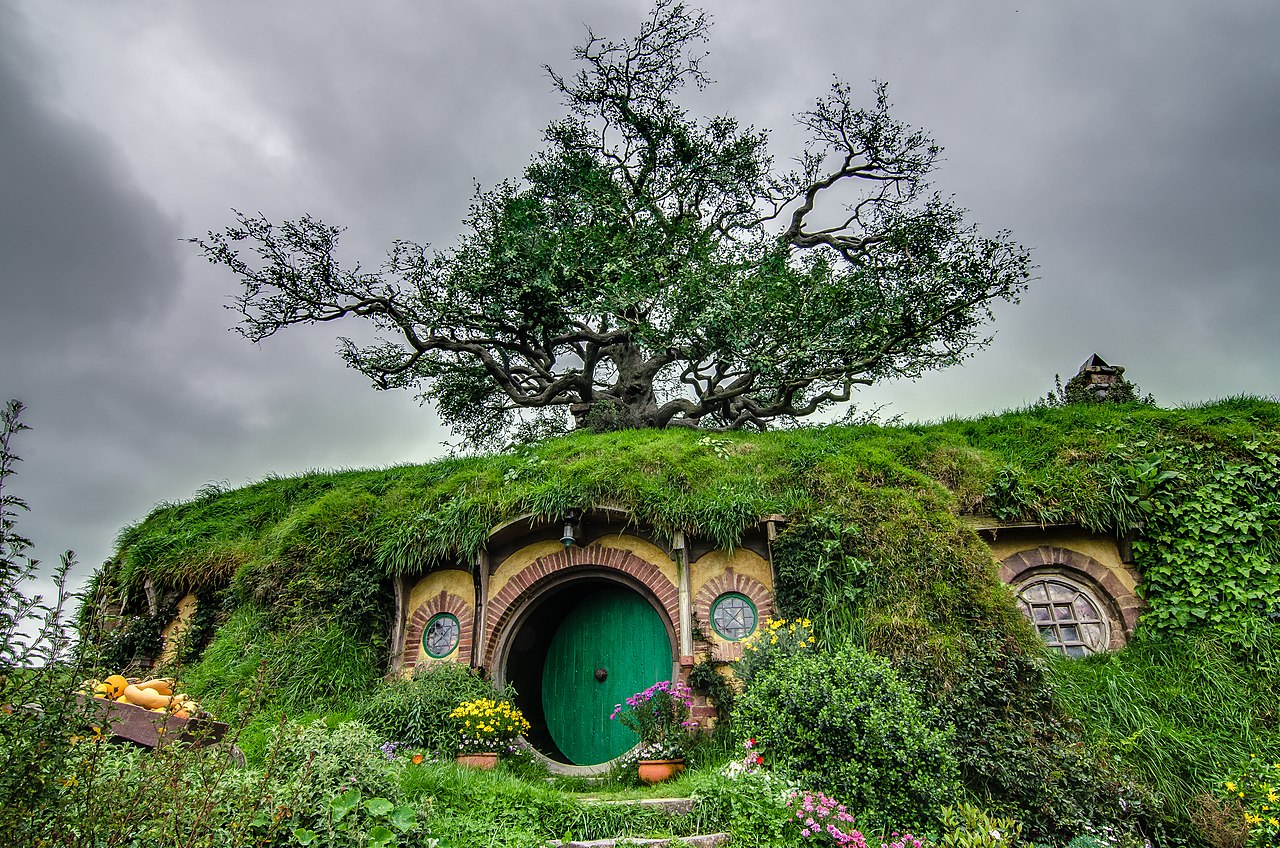 Tom Hall, CC BY 2.0, Wikimedia Commons
Tom Hall, CC BY 2.0, Wikimedia Commons
Middle-earth’s War-Torn Landscapes
The imagery of Middle-earth is filled with echoes of the WWI. The blasted wastelands of Mordor, the trenches of Helm’s Deep, and the hopeless battles of Gondor all reflect Tolkien’s memories of the Western Front. Even the Ringwraiths, with their empty, death-like forms, bear a chilling resemblance to the ghostly figures of shell-shocked soldiers.
A Lasting Legacy Of Courage And Sacrifice
Despite his traumatic experiences, Tolkien never lost his faith in the resilience of the human spirit. His characters reflect this belief, enduring great suffering for the sake of a higher cause. This faith in “the courage of ordinary people” remains one of the most memorable aspects of his work, inspiring generations of readers and film viewers to find hope even in the darkest of times.


History's most fascinating stories and darkest secrets, delivered to your inbox daily.
Final Thoughts On A Life Shaped By The Front
Tolkien’s time as a participant in WWI left a permanent mark on his imagination, shaping the landscapes, themes, and characters of Middle-earth. His works are a testament to the power of storytelling to transform personal trauma into a universal vision of courage and hope that still resonates over a century later.
You May Also Like:
Peculiar Facts About Famous Writers
Unreal Facts About Science Fiction and Fantasy Movies

